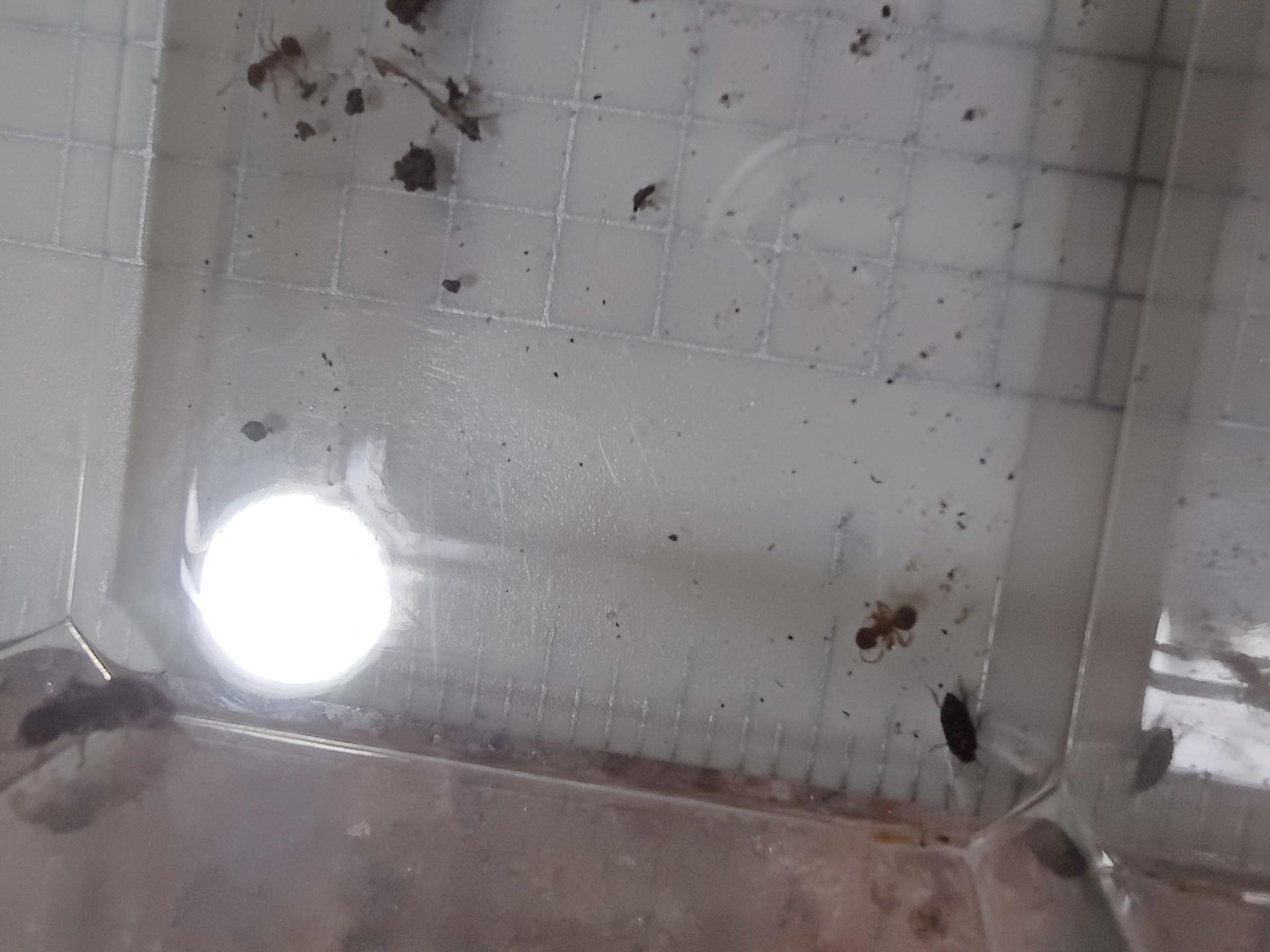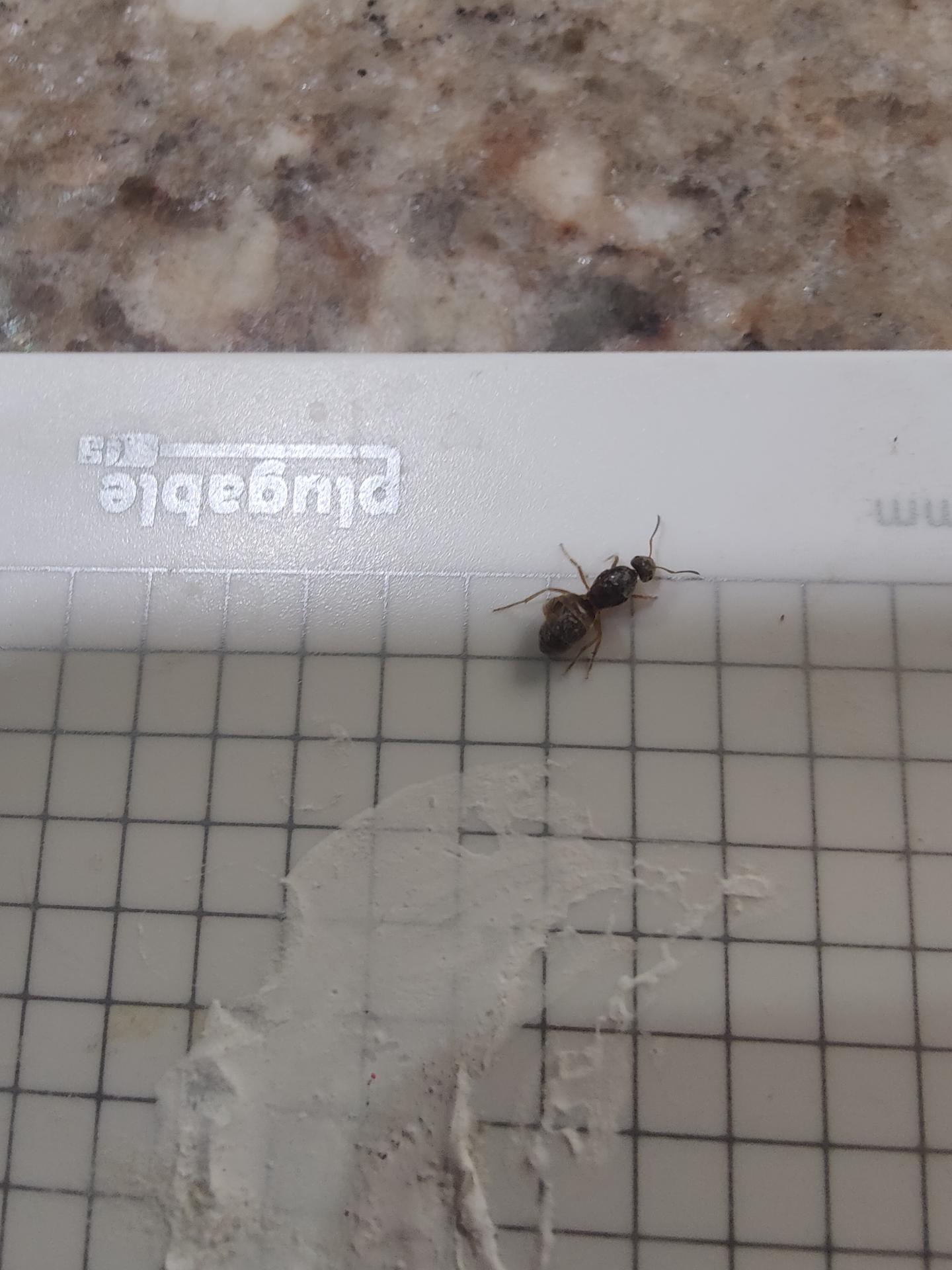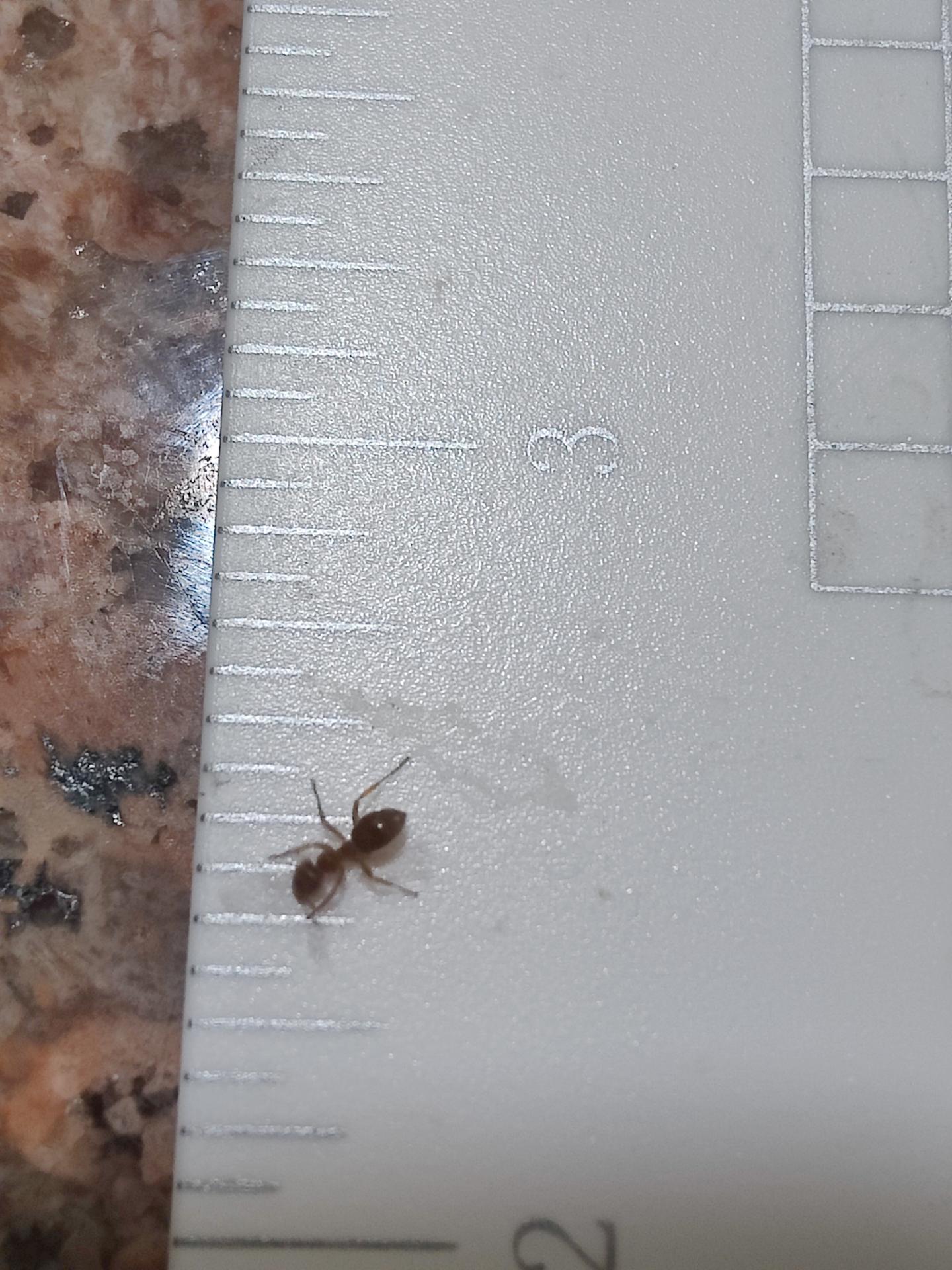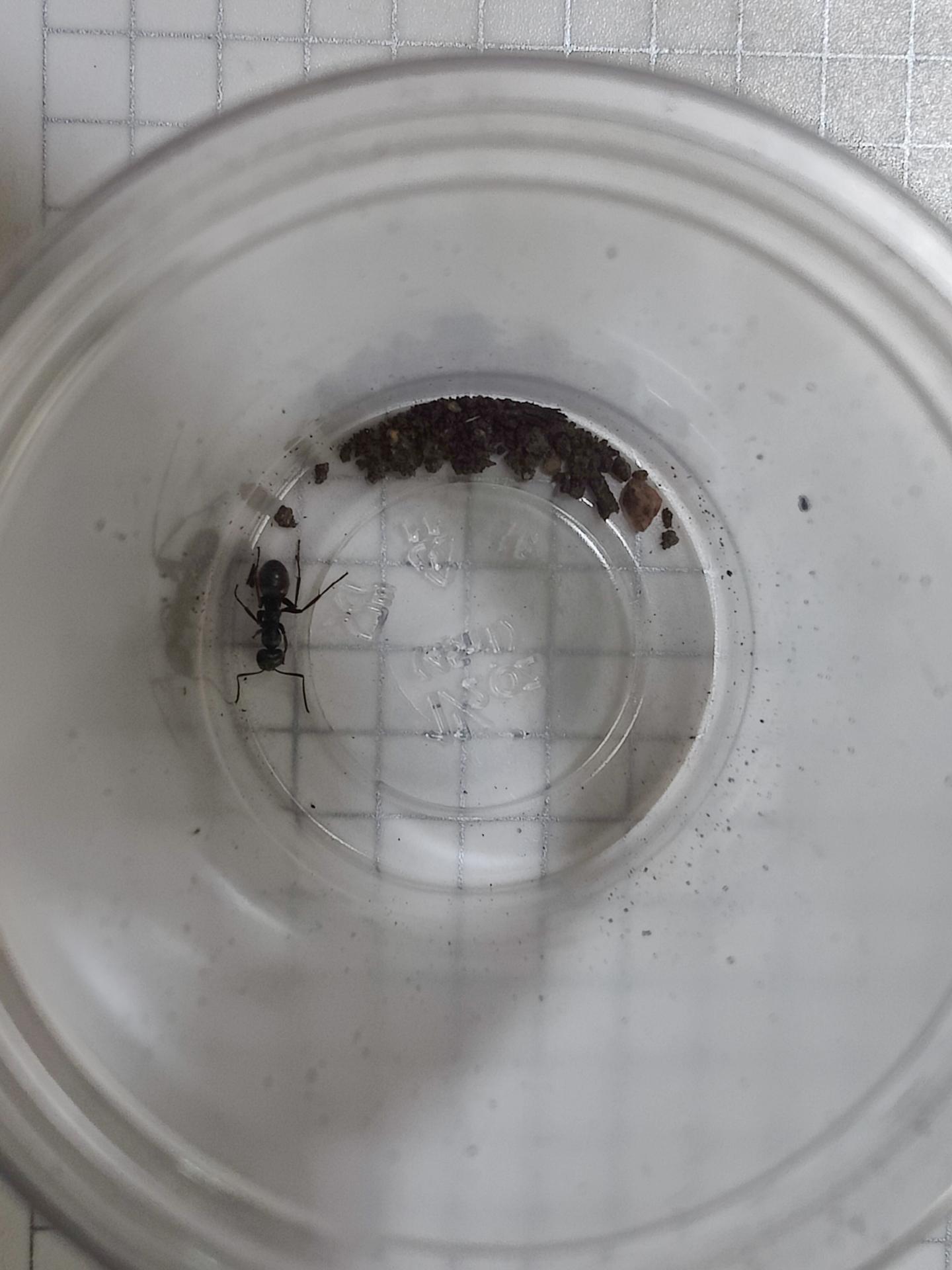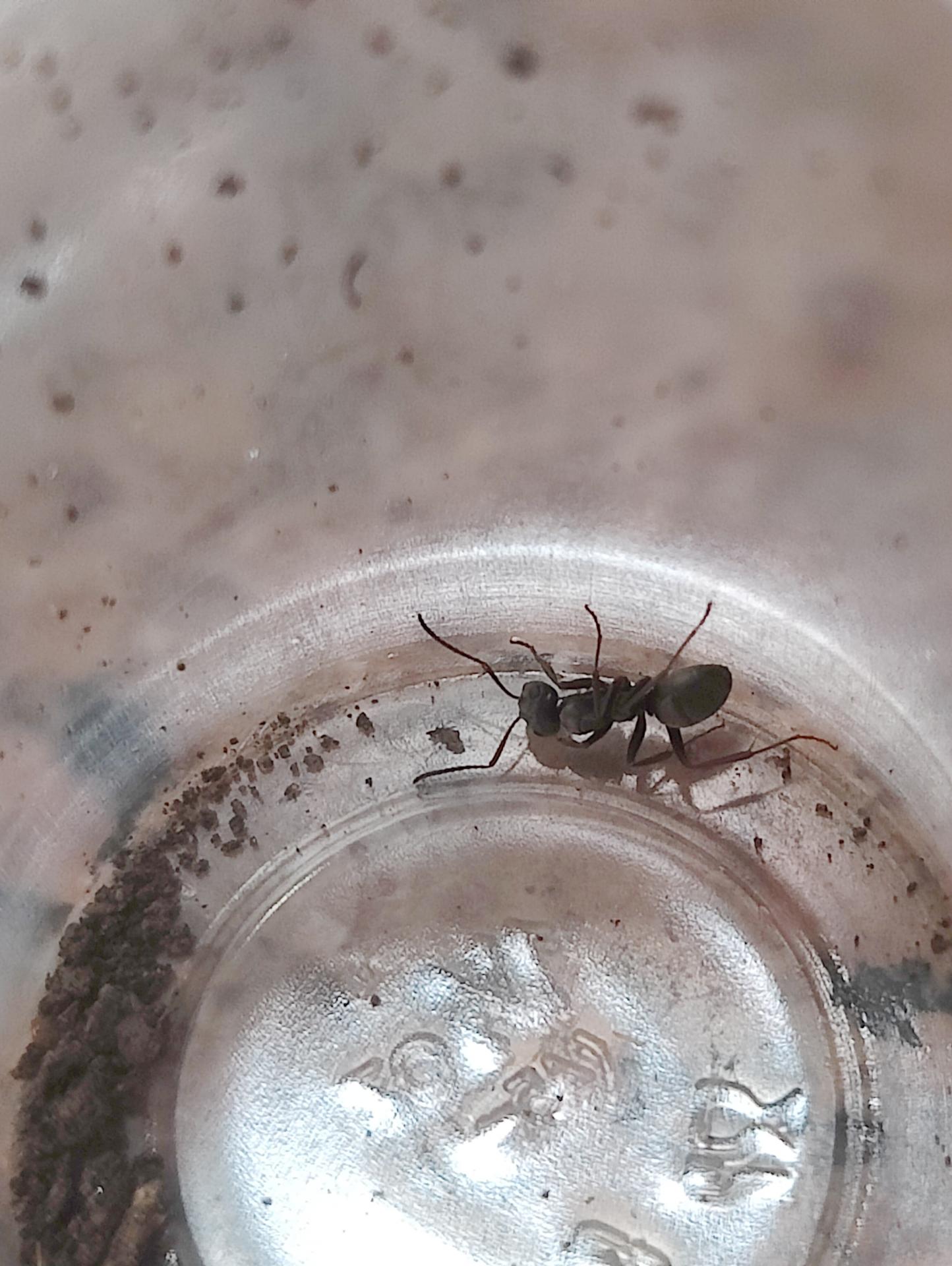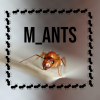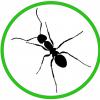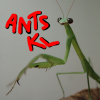- Formiculture.com
- Forums
- Gallery
- Members
- Member Map
- Chat

May 12, Colorado usa
Started By
smares
, May 12 2021 8:36 PM
13 replies to this topic
#1
 Offline
-
Posted May 12 2021 - 8:36 PM
Offline
-
Posted May 12 2021 - 8:36 PM
Found in Jefferson county Colorado along a sandy path near a stream. A pale brown/orange color. Queen was dug up and injured in the process. Small beetle was also dug up with colony if anyone know what it is.
The larger black worker was found in the same habitat. I suspect it's camponotus.
Squares are 5mm x 5mm
The larger black worker was found in the same habitat. I suspect it's camponotus.
Squares are 5mm x 5mm
#2
 Offline
-
Posted May 12 2021 - 8:42 PM
Offline
-
Posted May 12 2021 - 8:42 PM
#3
 Offline
-
Posted May 12 2021 - 8:44 PM
Offline
-
Posted May 12 2021 - 8:44 PM
The workers aren't the same sp as the queen from what I see. The queen looks like a honeypot.
Veromessor pergandei
Veromessor andrei
Crematogaster sp.
Pogonomyrmex cf cali and rugosus
Various Pheidole
C. yogi
#5
 Offline
-
Posted May 13 2021 - 3:37 AM
Offline
-
Posted May 13 2021 - 3:37 AM
The workers are attacking her because they aren't the same species.
- Swirlysnowflake and Antkeeper01 like this
#6
 Offline
-
Posted May 13 2021 - 12:10 PM
Offline
-
Posted May 13 2021 - 12:10 PM
No, this queen is a Lasius species. And the rest are correct, the second set of workers are different. The workers imaged in the first are a Lasius species however.
- CheetoLord02 and Kaelwizard like this
Hi there! I went on a 6 month or so hiatus, in part due, and in part cause of the death of my colonies.
However, I went back to the Sierras, and restarted my collection, which is now as follows:
Aphaenogaster uinta, Camponotus vicinus, Camponotus modoc, Formica cf. aserva, Formica cf. micropthalma, Formica cf. manni, Formica subpolita, Formica cf. subaenescens, Lasius americanus, Manica invidia, Pogonomyrmex salinus, Pogonomyrmex sp. 1, Solenopsis validiuscula, & Solenopsis sp. 3 (new Sierra variant).
#7
 Offline
-
Posted May 13 2021 - 1:06 PM
Offline
-
Posted May 13 2021 - 1:06 PM
No, this queen is a Lasius species. And the rest are correct, the second set of workers are different. The workers imaged in the first are a Lasius species however.
I agree, but I initially thought the large black worker was Formica, but now I'm not sure.
#8
 Offline
-
Posted May 13 2021 - 2:14 PM
Offline
-
Posted May 13 2021 - 2:14 PM
The large black worker imaged is Formica.
Hi there! I went on a 6 month or so hiatus, in part due, and in part cause of the death of my colonies.
However, I went back to the Sierras, and restarted my collection, which is now as follows:
Aphaenogaster uinta, Camponotus vicinus, Camponotus modoc, Formica cf. aserva, Formica cf. micropthalma, Formica cf. manni, Formica subpolita, Formica cf. subaenescens, Lasius americanus, Manica invidia, Pogonomyrmex salinus, Pogonomyrmex sp. 1, Solenopsis validiuscula, & Solenopsis sp. 3 (new Sierra variant).
#9
 Offline
-
Posted May 13 2021 - 3:24 PM
Offline
-
Posted May 13 2021 - 3:24 PM
I agree with you guys, the worker looks like some kind of Formica. Camponotus workers just have a different body structure all together. Make sure to separate the workers from the queen because they are from a different species, and the workers will eventually kill the queen or the other way around. Nice catch!
- Kaelwizard likes this
Ants are Pets, not Pests.
-Camponotus sansabeanus
-Camponotus US-CA02
-Camponotus vicinus
-Formica podzolica
-Monomorium spp.
-Pogonomyrmex californicus
-Solenopsis spp.
#10
 Offline
-
Posted May 14 2021 - 3:15 AM
Offline
-
Posted May 14 2021 - 3:15 AM
I highly doubt the queen will survive. Her gaster is smashed and it looks like she is dragging a leg. You need to be extremely careful when digging up queens.
#11
 Offline
-
Posted May 14 2021 - 3:32 AM
Offline
-
Posted May 14 2021 - 3:32 AM
I agree. But I have had a Carebara diversa queen survive a good 2 weeks with her guts slightly leaking out of her body. Released it tho so idk what happened after thatI highly doubt the queen will survive. Her gaster is smashed and it looks like she is dragging a leg. You need to be extremely careful when digging up queens.
Sent from my CPH2201 using Tapatalk
Young ant keeper with a decent amount of knowledge on local ant species.
YouTube: https://m.youtube.co...uKsahGliSH7EqOQ (It's pretty dead. Might upload again soon, don't expect my voice to sound the same though.)
Currently kept ant species, favorites have a star in front of their names (NOT in alphabetical order, also may be outdated sometimes): ★ Camponotus irritans inferior, ★ Ooceraea biroi, Pheidole parva, ★ Nylanderia sp., ★ Paraparatrechina tapinomoides, Platythyrea sp., Anochetus sp., Colobopsis sp. (cylindrica group), ★ Crematogaster ferrarii, Polyrhachis (Myrma) cf. pruinosa, Polyrhachis (Cyrtomyrma) laevissima, Tapinoma sp. (formerly Zatapinoma)
Death count: Probably over a hundred individual queens and colonies by now. I cannot recall whatsoever.
YouTube: https://m.youtube.co...uKsahGliSH7EqOQ (It's pretty dead. Might upload again soon, don't expect my voice to sound the same though.)
Currently kept ant species, favorites have a star in front of their names (NOT in alphabetical order, also may be outdated sometimes): ★ Camponotus irritans inferior, ★ Ooceraea biroi, Pheidole parva, ★ Nylanderia sp., ★ Paraparatrechina tapinomoides, Platythyrea sp., Anochetus sp., Colobopsis sp. (cylindrica group), ★ Crematogaster ferrarii, Polyrhachis (Myrma) cf. pruinosa, Polyrhachis (Cyrtomyrma) laevissima, Tapinoma sp. (formerly Zatapinoma)
Death count: Probably over a hundred individual queens and colonies by now. I cannot recall whatsoever.
#13
 Offline
-
Posted May 14 2021 - 9:14 AM
Offline
-
Posted May 14 2021 - 9:14 AM
Can you get more pics of the queen? She might be Lasius but this is really early for most Lasius species.
They said they dug her up so it could be from last year.
#14
 Offline
-
Posted May 16 2021 - 11:31 PM
Offline
-
Posted May 16 2021 - 11:31 PM
Son of... I dug them up together so I thought for sure they were her workers. No surprise they killed her. I have discarded her corpse so can't get a better pic. I was not expecting these responses at all. I guess she could have easily had a small claustral chamber near the nest I dug up and they got mixed together. The sand was perfect for building a hasty claustral chamber.
1 user(s) are reading this topic
0 members, 1 guests, 0 anonymous users



